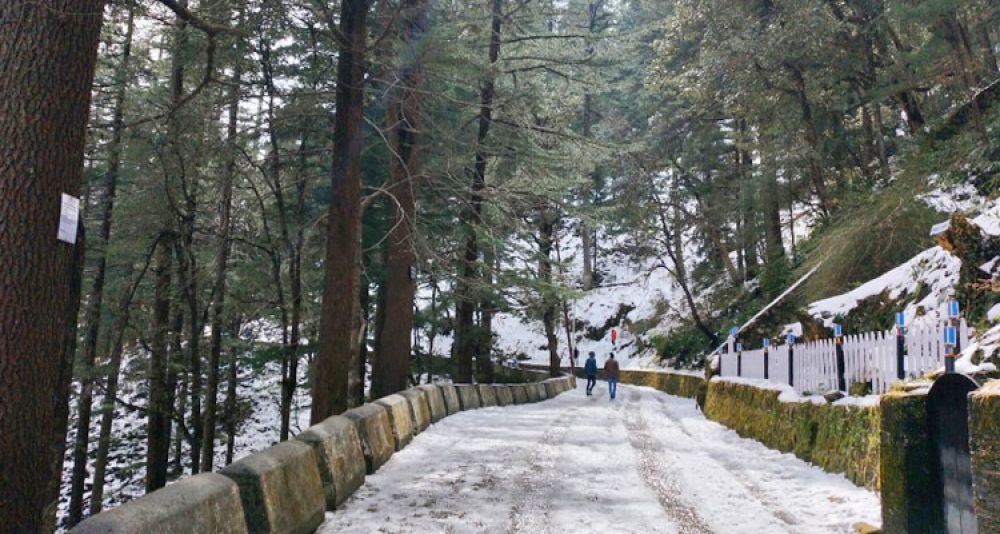

Mussoorie, often referred to as the "Queen of the Hills", is a picturesque hill station in the northern Indian state of Uttarakhand. Nestled amidst the foothills of the Garhwal Himalayan range, Mussoorie has been a beloved tourist destination since the colonial era. One of its most prized jewels is Lal Tibba, the highest point in the area, located in the Landour region, which is approximately 5 km from the main Mussoorie town.
Lal Tibba translates to 'Red Hill', deriving its name from the stunning sunrise and sunset views that give the snow-clad Himalayan peaks a reddish hue. The history of tourism in Lal Tibba is intertwined with the establishment of Mussoorie as a getaway for British officers and their families escaping the summer heat of the Indo-Gangetic plains. Since the early 19th century, the tranquil and salubrious environment of Lal Tibba has attracted tourists and British Army personnel seeking respite and rejuvenation.
By the 20th century, Lal Tibba had become a coveted location for houses and lookouts, as its elevation provided unmatched panoramic views of the majestic peaks like Badrinath, Kedarnath, and the Nilkantha peak in Bandarpunch range. The British architecture dotting the landscape harks back to those times and continues to draw heritage enthusiasts.
In recent times, Lal Tibba has experienced an evolution in its tourism offerings. With the advancement of travel infrastructure and technology, more visitors are able to comfortably reach the peak and enjoy its natural splendor. One of the latest additions is a viewing platform equipped with telescopes that allow visitors an up-close view of the distant peaks.
The trend towards experiential travel has also seen a rise in the popularity of Lal Tibba. Tourists are now looking for immersive experiences, which the place delivers through its quaint cafes, bookstores, and nature walks combined with the colonial charm and the rustic beauty of the region.
Adventurous trekkers and nature lovers are drawn to Lal Tibba for its serene trails, while the less intrepid can enjoy a leisurely time soaking in the views and sipping hot beverages at cafes like the famous Char Dukan area. Mussoorie's overall tourism has witnessed a shift towards sustainable practices, with a focus on preserving the ecological balance while providing a fulfilling visitor experience.
Tourism at Lal Tibba is well-supported by a range of accommodations, from luxury resorts to cozy homestays. The best visiting time is during the clearer months of summer and autumn, although it has its own charm throughout the year, with monsoons enveloping it in mist and winters draping it in snow. Accessibility to Lal Tibba has been enhanced, making it a must-visit destination for those touring Mussoorie and the broader region of Uttarakhand.
With its mesmerizing views, historical significance, and evolving tourist experiences, Lal Tibba stands out as a testament to the enduring appeal of Mussoorie and the evolving nature of travel preferences. From the time of the British Raj to the contemporary era, Lal Tibba's beauty has remained timeless, etching itself into the hearts of travelers from around the world.